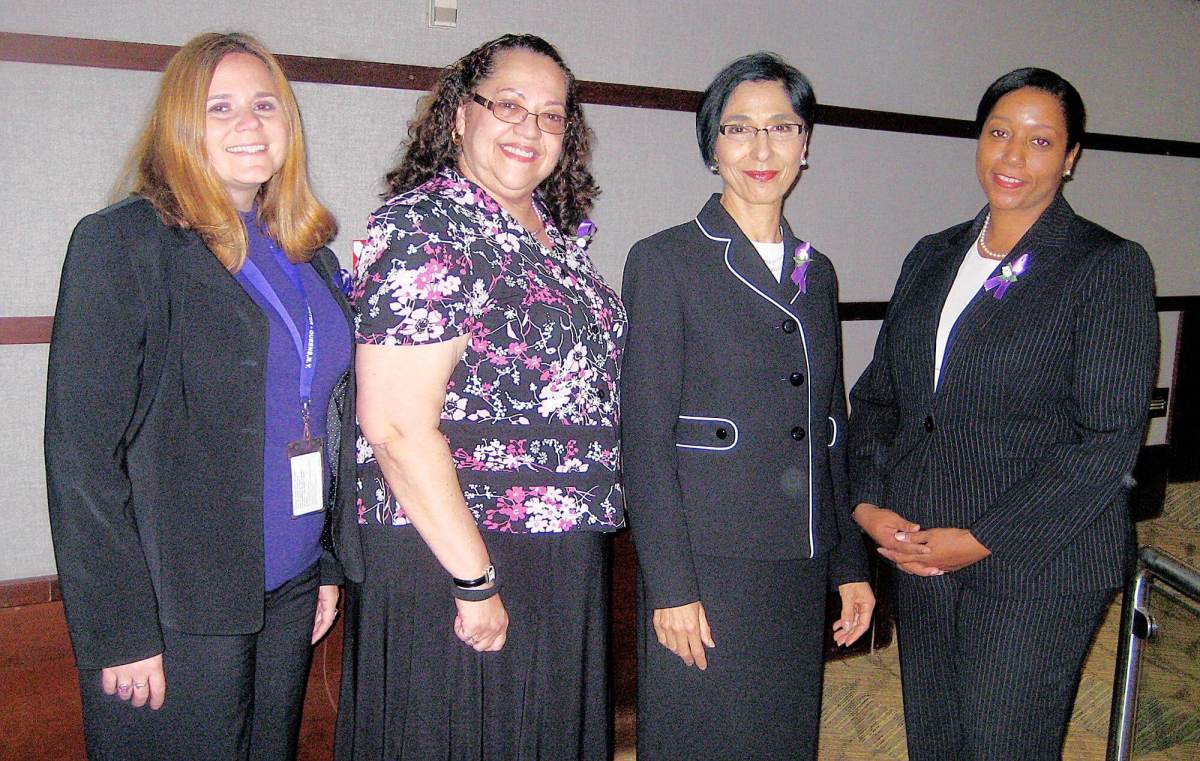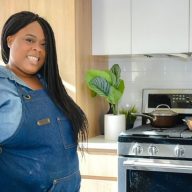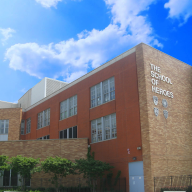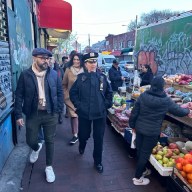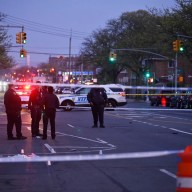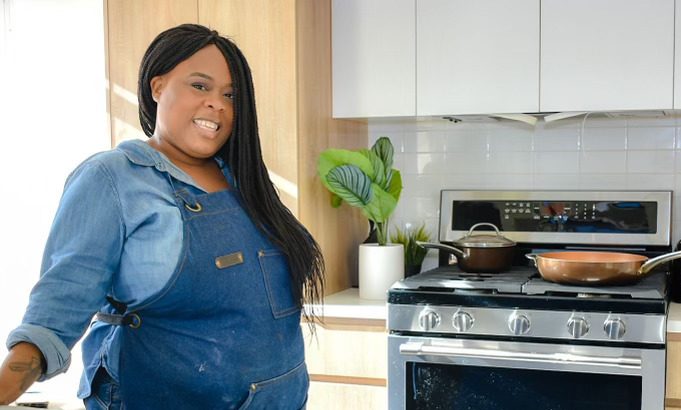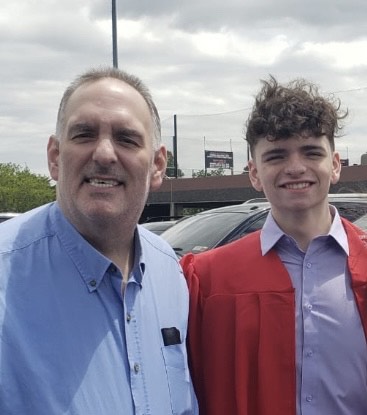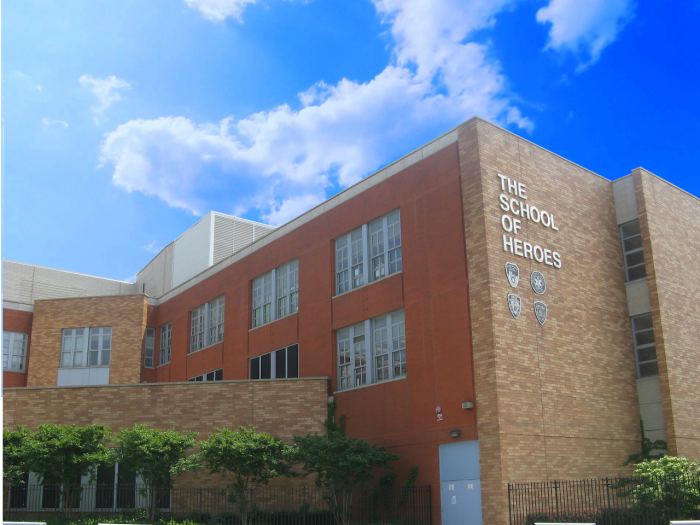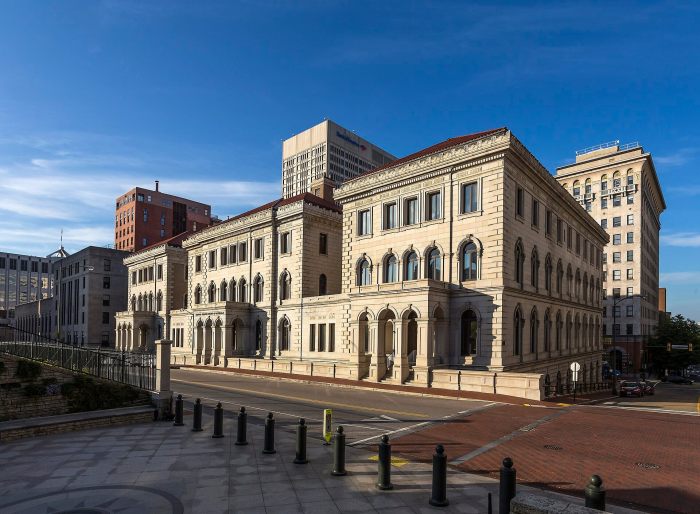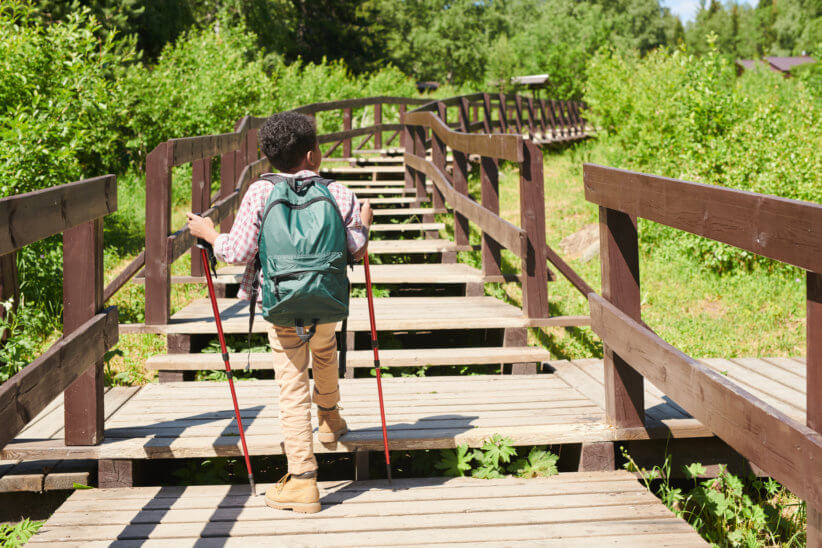By Anna Gustafson
Domestic violence is a nationwide epidemic that borough officials and residents are waging a battle against right here in Queens.
Officials who work with domestic violence victims joined survivors at Queens College Oct. 27 to discuss the ways in which borough residents can get help for themselves or others who have been abused. Last week’s panel was sponsored by the college’s Women and Work program, which helps domestic violence survivors and other women with job training, counseling and housing.
“This is a war, and every one of us are the soldiers in this war,” said Carmella Marrone, the executive director of Women and Work. “If we don’t want the body count to go up, we need to write letters, make phone calls, do whatever you can do. When October’s Domestic Violence Awareness Month comes to a close, the war on domestic violence is still raging.”
The discussion last week was one of the final events in the “Shine the Light on Domestic Violence” program, on which Queens College partnered with New York state.
“This has been a very exciting and informative month,” said Sue Henderson, vice president for institutional advancement at Queens College. “Institutions that take a proactive stance on domestic violence do a lot to help curb it.”
Panelists emphasized there is an extensive number of services that those who experience domestic violence or who have been abused in the past, can access in Queens. Of the 600 domestic violence incidents reported to police daily in the city, 128 are from Queens, according to city statistics.
Shayna McDonough, a self-sufficiency coordinator at the New York City Justice Center in Queens, which is part of the mayor’s Office to Combat Domestic Violence, noted her group provides legal representation, support groups, access to housing and language interpretation. The group’s office is in the same building as the criminal courthouse in Kew Gardens and is at 126-02 82nd Ave. The number is 718-575-4500.
Enidia Seoane, a senior case manager at Safe Horizon, a nonprofit also at 126-02 82nd Ave., went through steps domestic violence victims need to take when they are planning to leave an abusive partner.
“When you’re planning to leave, you need to collect all your documents — immunization records, school records, Social Security cards, photos — especially of the batterer, numbers of accounts and while he’s working, you take those documents and make photo copies,” said Seoane.
Once an individual leaves the abuser, Seoane said it is important to go somewhere the batterer will not know.
“If you go to mom’s house, he knows you’ll go there,” Seoane said. “Go to the house of a friend he doesn’t know about.”
If someone stays in a relationship, Seoane said it is important to know where to go when the batterer begins his abuse.
“Don’t put yourself in the kitchen because there are knives there or in the bathroom because you’ll be trapped,” she said. “Avoid wearing long scarves or jewelry because that’s something he could use to strangle you with.”
Joyce Smith, an assistant district attorney in Queens, said once a batterer gets into the court system, there is a good chance he or she will be punished.
“Queens County has the highest conviction rate of batterers in New York City,” she said.
Smith noted that about two-thirds of cases were dismissed in 1996 and there is now a 62 percent conviction rate, which she attributed in part to being able to play 911 calls in court.
Two domestic violence victims at the discussion, Susie and Terry, who did not want their last names to be used, said more than anything else they would encourage survivors to reach out for help.
“Don’t be afraid to share your pain,” Susie said. “Tell someone what you’re going through.”
For more information about Women and Work, visit qcpages.qc.cuny.edu/womenandwork or call 718-997-4899.
Reach reporter Anna Gustafson by e-mail at agustafson@cnglocal.com or by phone at 718-260-4574.

